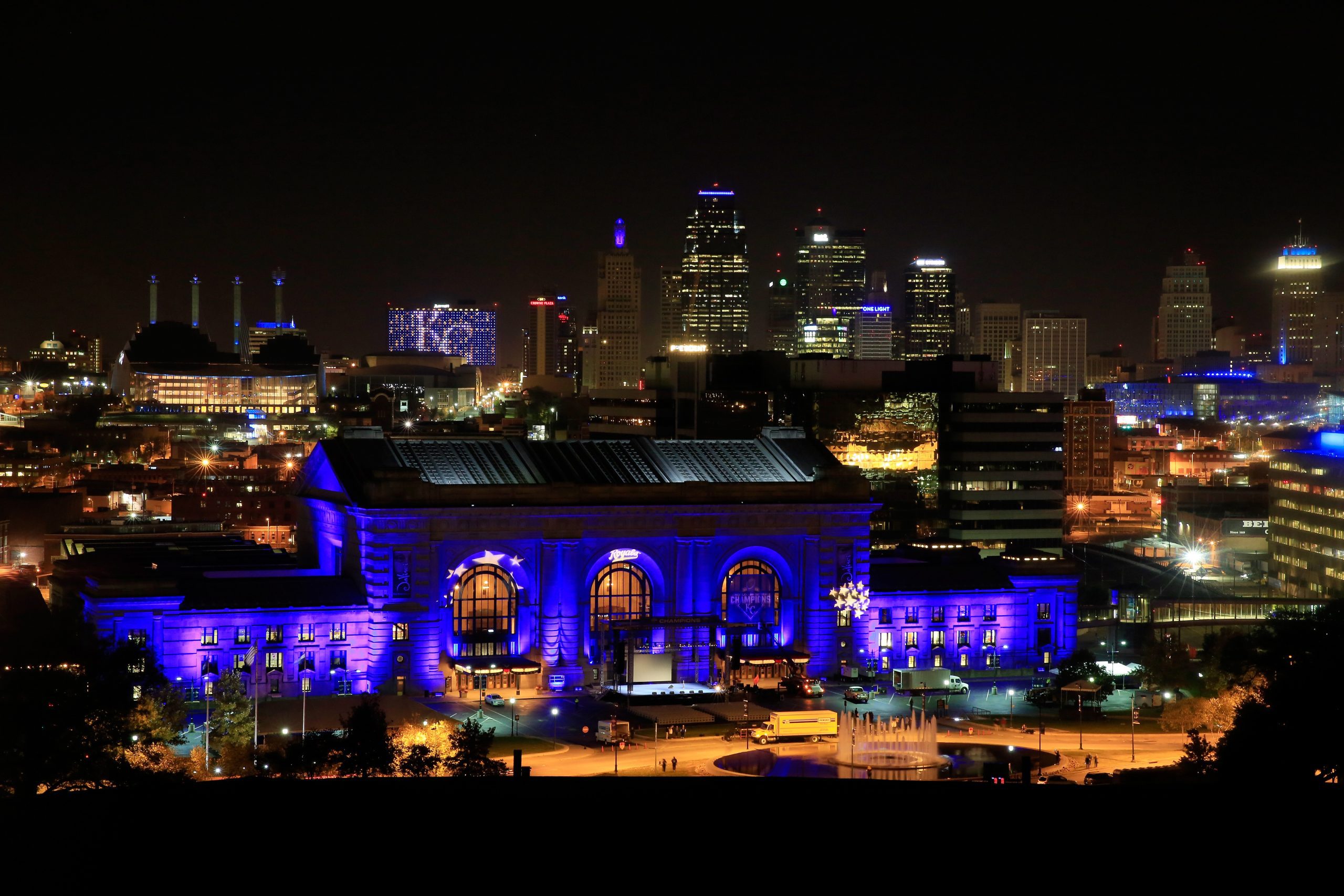After COVID, a Bright Future for American Cities

This is a great moment for cities. It just depends on your perspective.
The most important thing to understand when we talk about the “future of cities” is, we are never really talking about the future of all cities. We are almost always actually talking about the six cities that receive all the attention in the media when it comes to “urbanism” issues. That’s in large part because that’s where the major media companies and writers reside. About 90 percent of what you read is about New York City, 9 percent on the five others—and 1 percent on the rest of America.
For those six cities, the post-COVID world will likely be a very different landscape. You’ve probably read this elsewhere. I’m inclined to agree with some of the dire predictions, though it’s generally not my temperament. I really like these cities, and I don’t wish any of them ill. But we can no longer deny the multiple pressures working against them, not the least of which will be some PTSD about being in very crowded places with other humans.
We are starting to see that people of means (and many of not) have left and may never return. Housing prices are dropping and economies are contracting. The ramifications of COVID, and the unprecedented response to it, are likely to reverberate in some surprising ways. Local political dynamics will undergo substantial change. Budgets will be stretched thinner than many ever experienced. It may be a difficult period for several years as the pre-2020 wave ends.
But for most of America, the story will be the continued and gradual embrace of a more urban lifestyle, and another page in the long rediscovery of our urban centers. Many who flee the big six cities will find that they can indeed find great coffee, dynamic food and dining cultures, great entertainment, beautiful and lively neighborhoods, and much more in cities around the country. Something akin to “normal” life will resume much sooner in these places, and in fact already is.
People will find all these benefits, and realize that they can have a nice apartment or gasp, even own a house, and still have access to good jobs. Most won’t ever go back. But they will also push their new hometowns to be even more lively, have more public transit, and create more urban amenities like they previously enjoyed. Cities such as Nashville, Columbus, Kansas City, Indianapolis, Oklahoma City, and similar ones will all benefit from this rediscovery.
On a broader level, the story that a lot of the “urbanism” media has missed over the past couple of decades is how much cities everywhere have changed—for the better. When I was graduating from college in 1994, city-loving young people almost all wanted to move to the same very small list of places that actually had urban life. That’s no longer the case. A few decades of gradual work on the part of civic-improvement folks, entrepreneurs, developers, and preservationists have paid off all over America. It’s not nirvana; these places aren’t Brooklyn; they are often still recovering from the pain of white flight and suburbanization. But the improvement is real. It’s tangible. You can see it almost everywhere now.
It would also be a mistake to just focus on the historic cores of cities around the country. The suburbs have also matured. No longer are suburban areas solely a boring mix of beige homes and chain stores with large parking lots. As our post-war suburbs have aged, many have become more lively, more walkable, and more cosmopolitan. The old memes are dying.
What can we take from all this change, which has been foisted upon us in 2020? On the one hand, many “off the radar” cities will benefit from a resorting. Their trends of urban improvement will accelerate. But the truth is, even the big six cities will benefit. How so? Didn’t I just run down a long list of struggles they’ll have? Yes, but with hardship also will come a renewal of sorts.
Whether we’re talking about New York, San Francisco or Washington, D.C., a pause in the never-ending cycle of higher prices for less will mean that more middle-class people will be able to live in the city again. More neighborhood-oriented businesses will return, and commerce will have less focus on tourism. Life will actually become more enjoyable for long-time New Yorkers, and more affordable. The show will go on, but it will have different characters.
At least for a time, this is what to expect. The idea that all cultural life in America must focus on just a small number of places will recede, and we can again reinvigorate our distinct and interesting regional cultures. Don’t believe anything that talks about the death of cities, the death of offices, the end of dining out or going out for entertainment, or other similar prognostications.
In a couple short years COVID will be behind us, much like the never-remembered 1957 or 1968 flus. But our human nature won’t change. We are social creatures, and we most enjoy living in places where we can easily seek out other human interaction. This has been proven in the years following every other pandemic in human history. We adjust, we re-sort, we re-invigorate, but we move on and seek to live our lives as quickly as possible. The 2020s will be no different.
Kevin Klinkenberg is an architect and urban designer, based in Kansas City, MO with nearly three decades of experience in the planning and design of walkable communities. He’s the author of Why I Walk: Taking a Step in the Right Direction, the House Hacking Catalog and writes occasionally at www.messycity.com. Kevin is currently the executive director of Midtown KC Now.
This New Urbanism series is supported by the Richard H. Driehaus Foundation. Follow New Urbs on Twitter for a feed dedicated to TAC’s coverage of cities, urbanism, and place.
Comments